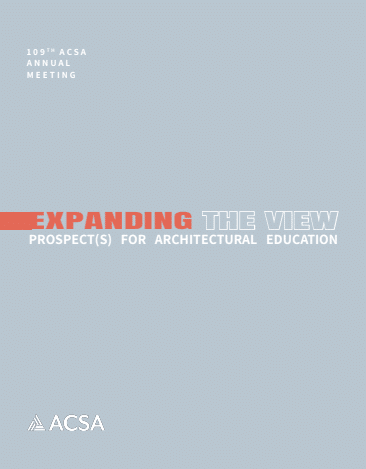Author(s): Nicholas Frayne
The impacts of spatial experience on social dynamics are complex. They happen through the totality of experience, which we cannot always name, describe, or explain. In light of the urgent challenges of social justice, systemic exploitation, and unsustainable practices that are charac¬terizing this century, we need to reassess how we analyze architecture’s relationship with societal change. This article argues that new analytical practices must include exploratory, improvisational expressions that can help our understandings of architecture include a more expansive definition of experience. Such creative expressions make the bodily, unnameable aspects of experience sensible, thereby able to be incorporated into our broader analyses of architecture’s operation in social life. These improvisational practices are fundamen¬tally uncertain, resisting explanation and the ethical perils of certainty in knowledge-making. Employed in an examination of the Tuol Sleng Genocide Museum in Cambodia, these practices helped to create an analysis grounded in the textural expressions and incomplete forces that characterize bodily experience. Taking the form of a charcoal drawing, the improvised expression entered into the analytical process as a framing mediator for the analyst’s response to their encounter with the architecture. By grounding analysis in bodily experience, we are able to expand our ‘analytical toolbox’ and can come to unexpected conclusions about how architecture shapes the way we understand the world. Proposing that an analysis of an architectural project should take shape between improvisational making and thinking, this paper positions architectural analysis as an agent of change; in expanding our practices for understanding architecture, we can better design spaces that support a more connective, open, and just future.
https://doi.org/10.35483/ACSA.AM.109.43
Volume Editors
ISBN
978-1-944214-37-1

 Study Architecture
Study Architecture  ProPEL
ProPEL 
